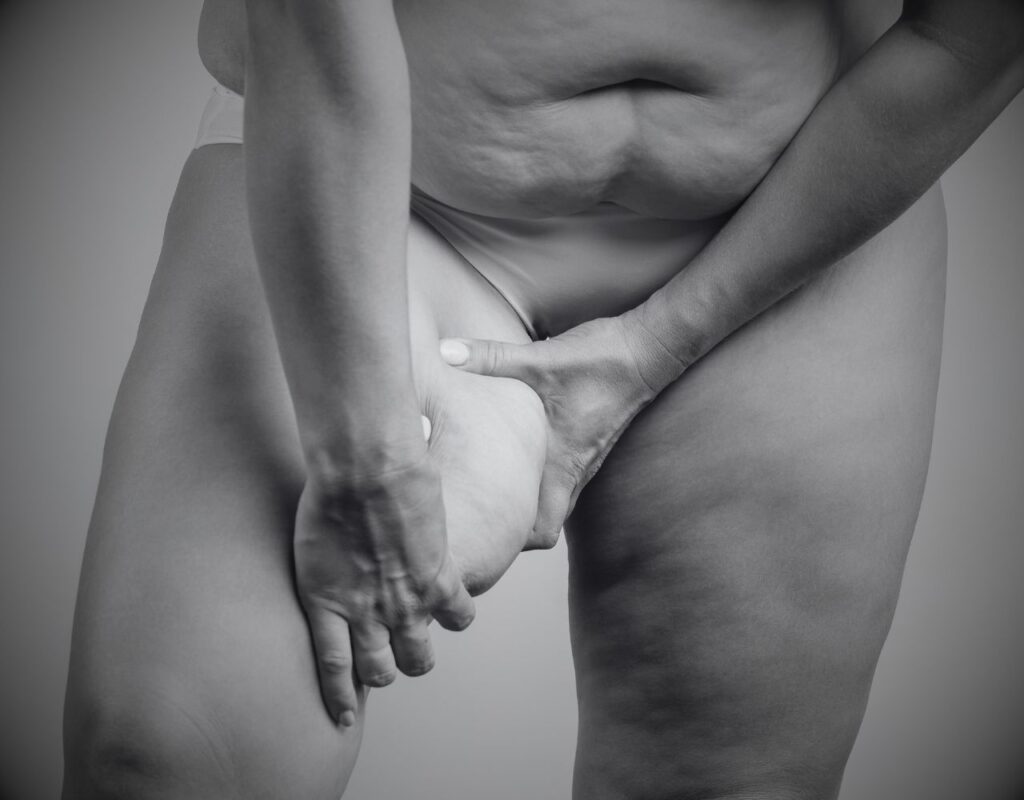SURGICAL PROCEDURE
Liposuction
TREATMENT OVERVIEW
The procedure is versatile, targeting a variety of areas such as the abdomen, thighs, flanks, arms, and even the neck. Individuals opt for liposuction for a myriad of reasons, ranging from aesthetic desires like improving body symmetry to functional needs such as reducing skin irritation due to excess fat.

THE PROCEDURE
The liposuction process commences with an initial consultation where you’ll meet with a board-certified plastic surgeon. This meeting is not merely a formality but an essential part of the process. It includes thoroughly evaluating your body composition, fat distribution, skin quality, and overall health. The surgeon will listen attentively to your concerns, discuss your aesthetic objectives, and then formulate a tailored surgical plan that delineates the areas to be treated and the expected results.
The procedure is most commonly performed under general anaesthesia to ensure patient comfort. However, local anaesthesia with sedation may be considered for less extensive areas. The choice of anaesthesia is not arbitrary but is a collaborative decision between you and your surgeon, taking into account multiple factors such as your comfort, health status, and the complexity of the procedure.
Liposuction involves making discreet incisions in the skin near the area of excess fat. A thin hollow tube cannula is then inserted through these incisions. The cannula is moved back and forth to break up the fat cells, which are then suctioned out. The procedure may employ various techniques like tumescent liposuction, ultrasound-assisted liposuction, or laser-assisted liposuction, depending on your specific case. After the fat removal, the incisions are closed, and compression garments are applied. Topical antibiotic ointments may also be used to minimise the risk of postoperative infection.
AT A GLANCE
- Surgery: 4 Hours
- Time off work: 3 Weeks
- Before you drive: 3 Weeks
- Return to Gym 3 Weeks
- Lift a small child: 3 Weeks
- Final Results: 6 Months - 1 Year
Note: Final results may take time as swelling resolves, and tissues settle.
THE BENEFITS
You may choose to undergo Liposuction for a number of reasons:

RISKS
THING TO AVOID AFTER SURGERY
- Strenuous Physical Activity: Refrain from any form of intense physical exercise for at least 2-4 weeks, depending on your surgeon's advice.
- Smoking: Nicotine can constrict blood vessels and impair the healing process. It's advisable to quit smoking at least a few weeks before and after the surgery.
- Alcohol Consumption: Alcohol can interfere with your medication and slow down the healing process. It's best to avoid it for a certain period before and after the procedure.
- Blood-Thinning Medications: Medications like aspirin can increase the risk of bleeding. Always consult your surgeon before taking any medication.
- Hot Baths and Saunas: High temperatures can increase swelling and should be avoided during the initial recovery period.
- Direct Sun Exposure: The treated area should not be exposed to direct sunlight, especially if bruising is present, as this can lead to permanent discolouration.
- Tight Clothing: Wear loose, comfortable clothing to avoid any pressure on the treated area, which can exacerbate swelling.
Post Op
AFTERCARE
- Medication Regimen: Postoperative care often involves a regimen of antibiotic ointments and anti-inflammatory medications to facilitate the healing process and manage any discomfort or pain.
- Environmental Precautions: It's crucial to minimise sun exposure during the initial healing phase to prevent any potential scarring or changes in skin pigmentation.
- Nutritional Guidelines: A balanced diet rich in essential nutrients, particularly vitamins and minerals, can significantly aid in your recovery.
- Regular Follow-Up Visits: Scheduled visits to your surgeon are not merely routine but are vital for monitoring your healing process, making any necessary adjustments to your aftercare plan, and addressing any concerns or complications that may arise.

